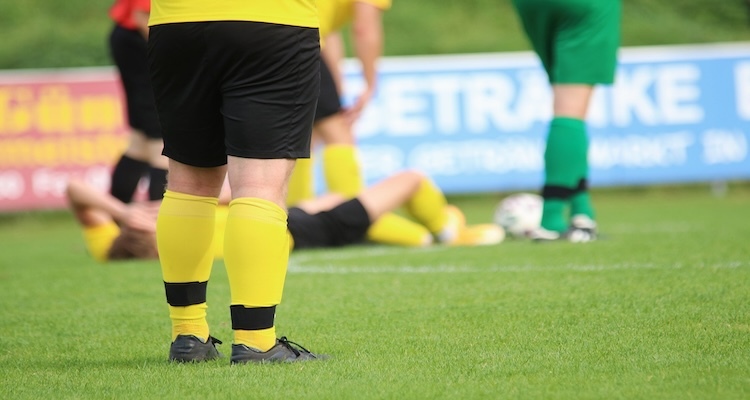
Soccer, is an exhilarating fast-paced sport. Because of this players often face the risk of injuries, particularly in the hip region. Hip injuries can be debilitating, affecting both performance and overall well-being. In this article, we delve into the realm of soccer-related hip injuries, exploring their causes, prevention strategies, and rehabilitation methods.
Hip injuries in soccer players can range from minor strains to more severe conditions like labral tears, hip impingement, and hip flexor tendonitis. These injuries often result from sudden movements, collisions, overuse, or improper technique during play. The repetitive kicking, twisting, and sprinting motions inherent in soccer can strain the hip muscles, tendons, and ligaments, leading to inflammation, pain, and decreased mobility.
Among the most common soccer hip injuries is hip flexor strain. The hip flexors, a group of muscles located in the front of the hip, play a crucial role in kicking, sprinting, and maintaining balance. Overexertion or sudden movements can cause these muscles to stretch or tear, resulting in pain and restricted movement.
Another prevalent hip injury in soccer is femoroacetabular impingement (FAI). FAI occurs when there is abnormal contact between the femoral head and the acetabulum (hip socket), leading to pain, stiffness, and decreased range of motion. Soccer players are particularly susceptible to FAI due to the repetitive hip motions involved in the sport.
Preventing soccer hip injuries requires a multifaceted approach that addresses both intrinsic and extrinsic factors. Proper conditioning, warm-up routines, and technique refinement are essential components of injury prevention.
In the event of a hip injury, prompt diagnosis and comprehensive rehabilitation are essential for achieving optimal recovery outcomes. Treatment protocols may vary depending on the severity and nature of the injury but often include a combination of rest, physical therapy, and targeted exercises.
Soccer hip injuries pose a significant challenge for players of all levels, impacting performance, and quality of life. By understanding the causes of these injuries and implementing preventive strategies, players can reduce their risk and stay healthy on the field. In the event of injury, timely intervention and comprehensive rehabilitation are essential for facilitating recovery and returning to play safely. With a proactive approach to hip health, soccer players can continue to enjoy the beautiful game for years to come.
We have a number of sport injury specialists who advertise their services on our site. Visit our homepage for our easy to use online directory to find a sports injury specialist or clinic near you.
